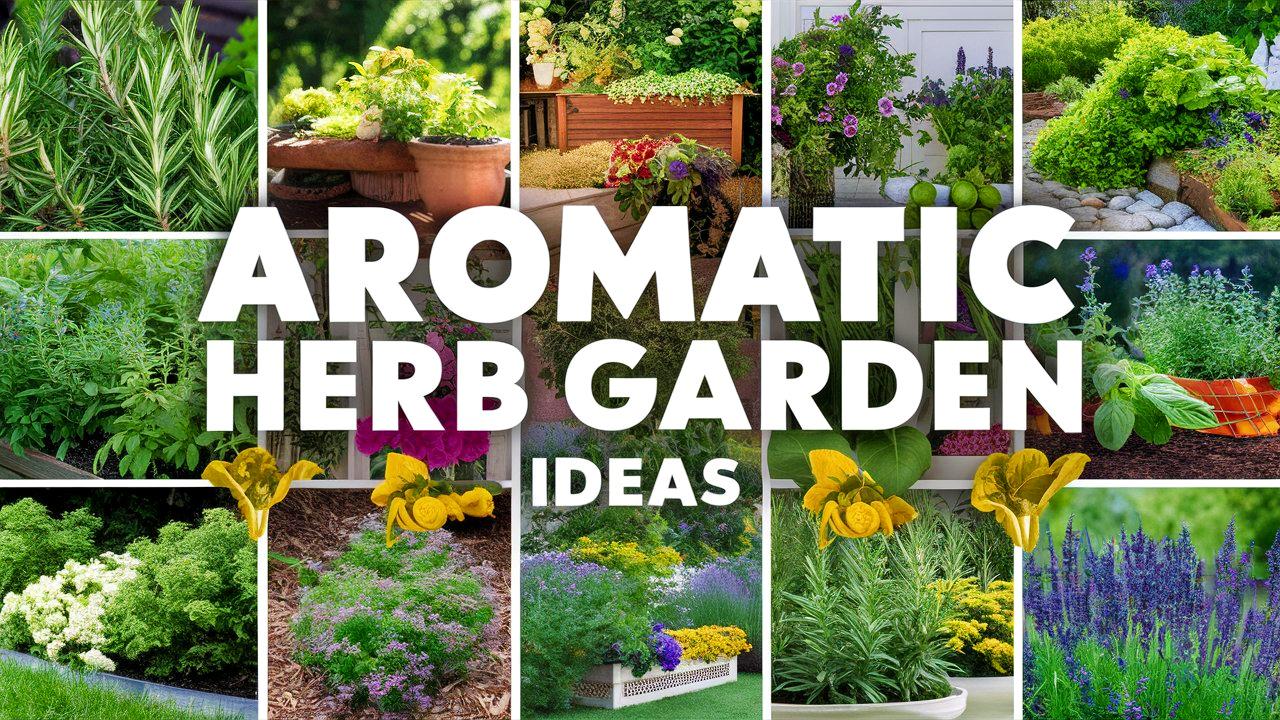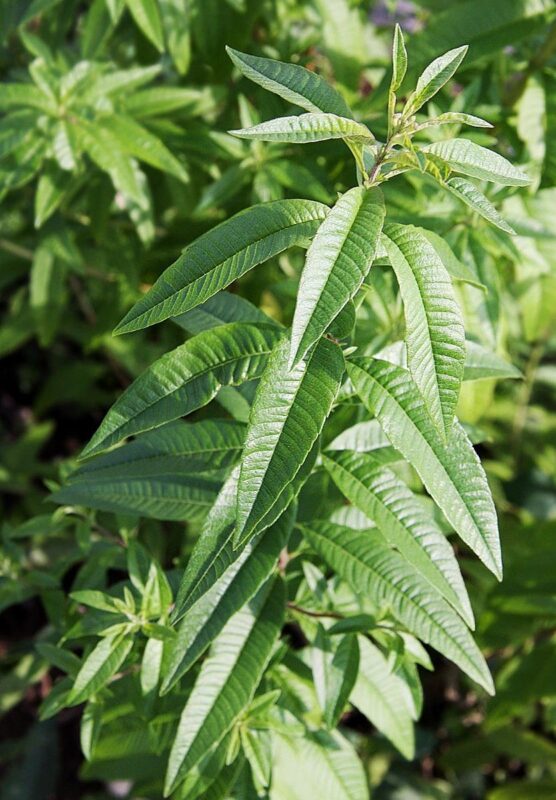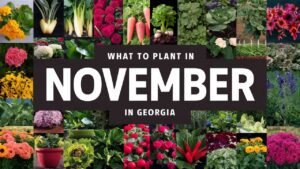Creating an aromatic herb garden can be a fulfilling and sensory-rich venture for anyone, especially beginners. Herbs not only add flavors to dishes but also bring delightful fragrances and therapeutic qualities.
In this comprehensive guide, we will explore various aromatic herbs and their unique characteristics, as well as how to design a fragrant garden space that enhances your home or garden.
Oregano
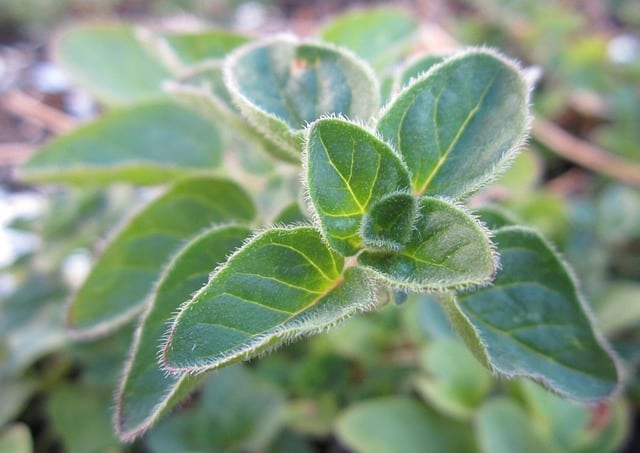
Oregano is a staple herb in Mediterranean cuisine, known for its earthy and slightly peppery flavor. This perennial herb thrives in full sun and well-drained soil, making it suitable for a variety of garden settings. It can be grown in pots or directly in the ground, allowing for versatility in garden design.
When tending to oregano, keep in mind that it prefers dry conditions; thus, it’s important to avoid overwatering. This herb can be harvested as needed, and doing so encourages bushier growth. In the kitchen, oregano can be used in everything from pasta sauces to grilled vegetables, providing a fragrant component to meals. Additionally, its essential oils possess antioxidant and antimicrobial properties, making it beneficial for health.
Mint
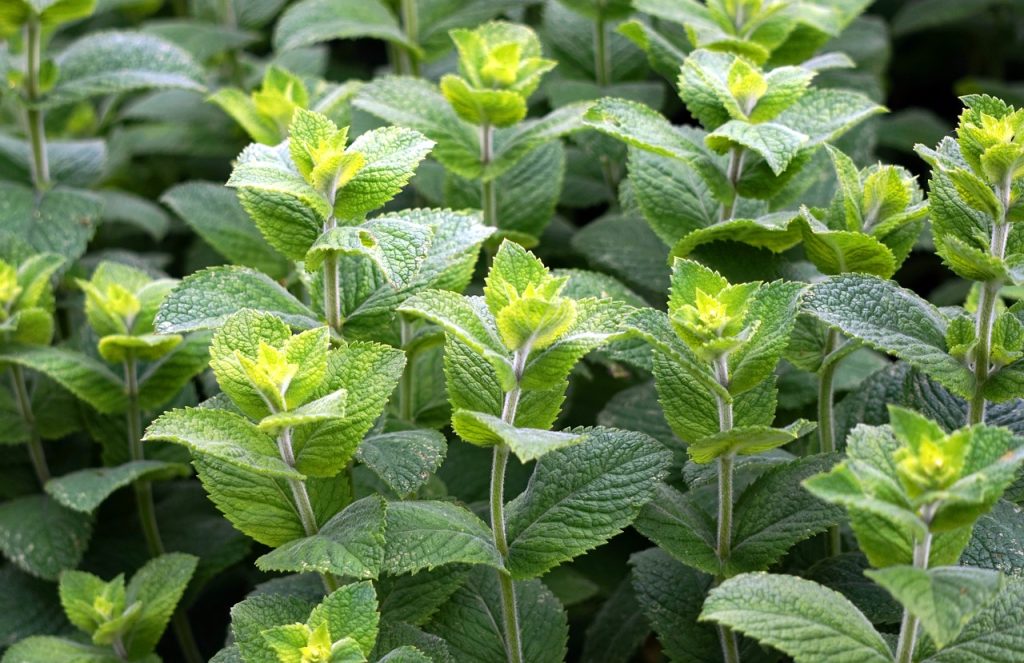
Mint is a refreshing and aromatic herb, perfect for beginners due to its hardy nature. From peppermint to spearmint, this herb comes in numerous varieties, each offering a unique scent and flavor profile. Mint thrives in moist, partial shade, and can be quite invasive if planted directly in the garden, so it is often best to grow it in containers.
Mint can be used in beverages, desserts, salads, and even as a garnish. It’s also renowned for its digestive benefits, soothing the stomach and aiding in digestion. When planting mint, consider pairing it with other herbs that require similar growing conditions to create a lush, fragrant garden space.
Lavender
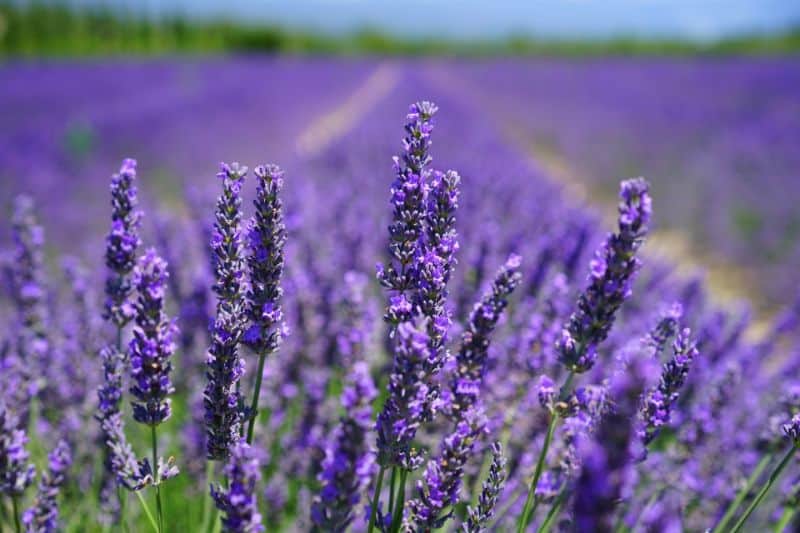
If you’re looking for a herb that not only smells divine but also provides a multitude of uses, lavender is an excellent choice. This perennial herb is well-loved for its beautiful purple blooms and calming fragrance. Lavender thrives in full sun and well-drained soil and is drought-resistant once established.
In addition to its ornamental value, lavender is used in aromatherapy, skincare, and culinary applications. It can be harvested for essential oils, potpourri, or used fresh in recipes to impart a floral aroma to dishes. The soothing scent of lavender is also believed to alleviate stress, making it an excellent choice for creating a tranquil outdoor space.
Basil
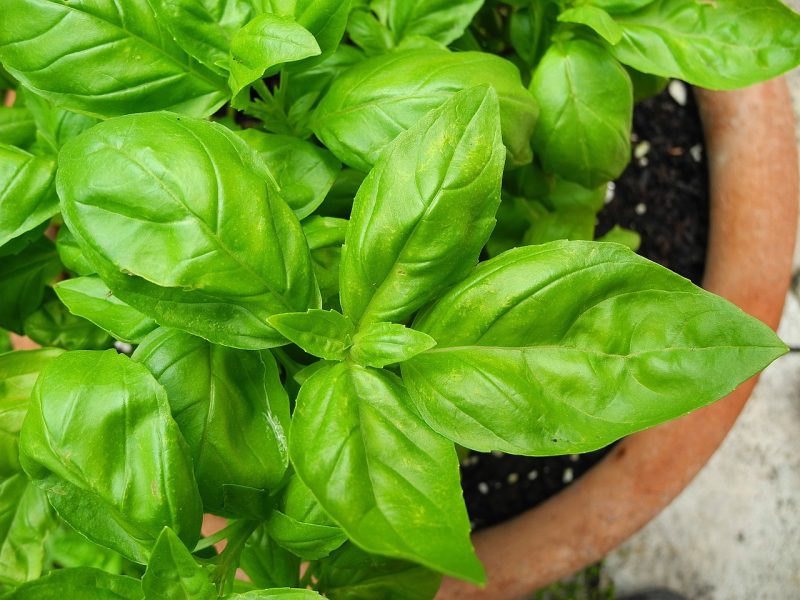
Basil is a fragrant herb that is a staple in Italian and Mediterranean cooking. Known for its sweet aroma and rich taste, basil can be grown in full sun and requires regular watering to keep the soil moist. Different varieties, such as sweet basil and lemon basil, offer unique flavors, making it easy to find a version suited to your palate.
As a beginner gardener, you’ll appreciate basil’s relatively fast growth; this herb can be ready for harvest just a few weeks after planting. Whether added to sauces, salads, or pesto, basil elevates the culinary experience with its aromatic flair. Furthermore, its presence in your garden can attract beneficial insects, making it a great companion plant.
Rosemary
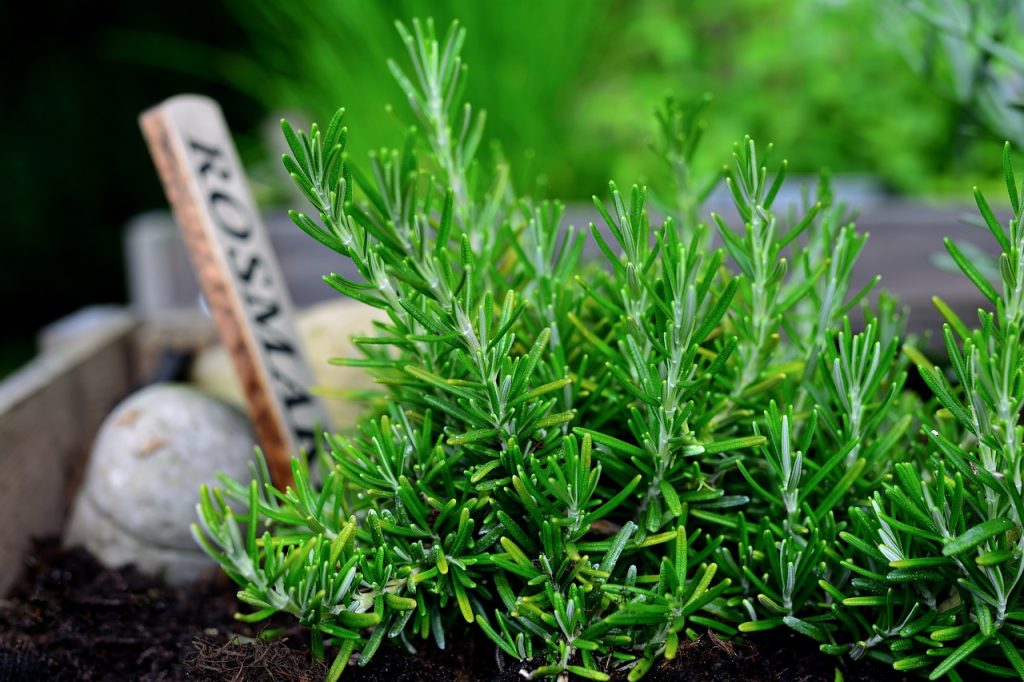
Rosemary is a robust perennial herb characterized by its pine-like fragrance and needle-like leaves. It prefers a sunny location with well-drained soil and is quite drought-tolerant, making it an excellent choice for low-maintenance gardens. This herb can grow quite tall, adding structure to your garden design.
In culinary applications, rosemary pairs well with a variety of dishes, from roasted meats to Mediterranean vegetables, imparting a savory aroma that enhances flavor. Additionally, rosemary is known for its potential cognitive benefits, including improving memory and concentration. Its aromatic oils are frequently used in skincare and aromatherapy, promoting relaxation.
Wormwood
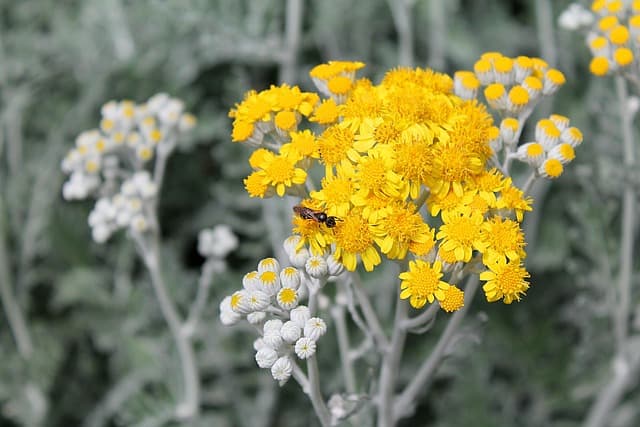
Wormwood may not be the first herb that comes to mind when considering aromatic plants, but its distinct scent and historical uses make it noteworthy. This perennial herb has a strong, bittersweet aroma and is often used in traditional remedies and in the production of absinthe.
Wormwood thrives in a variety of soil types but prefers well-drained conditions and full sun. It’s best to handle this herb with care, as it can have a strong flavor that isn’t suitable for everyone’s palate. However, its unique scent can add depth to an aromatic garden, making it an interesting addition for those looking to explore diverse olfactory experiences.
Bee Balm
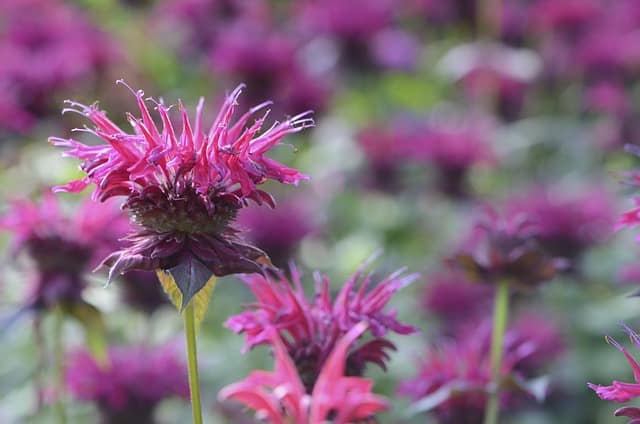
Bee balm, or Monarda, is a vibrant and aromatic herb that not only adds beauty to garden spaces but also attracts pollinators like bees and butterflies. With its striking red, pink, or purple blooms, bee balm brings a burst of color while also emitting a pleasant minty fragrance.
Growing in full sun or partial shade, bee balm is relatively easy to care for, thriving in moist, rich soil. The leaves can be used to make tea, offering a refreshing drink with potential health benefits. In addition, bee balm is known for its antimicrobial properties, making it a favorite among herbalists.
Sweet Marjoram
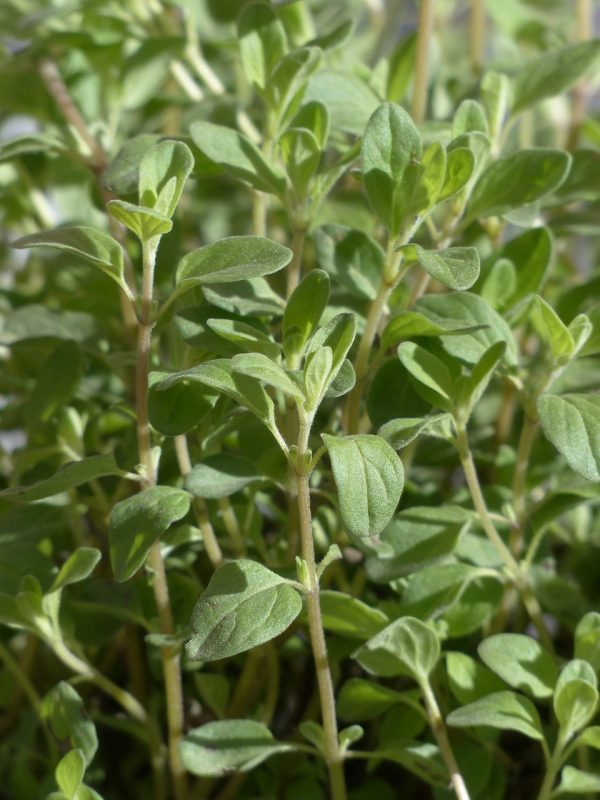
Sweet marjoram is often mistaken for oregano due to its similar appearance and flavor, but it boasts its own unique, sweeter aroma. This tender perennial herb thrives in warm, sunny conditions and prefers well-drained soil. It can be grown in containers or in the garden, making it versatile for garden planning.
Sweet marjoram is frequently used in Mediterranean cooking, adding a delicate herbal flavor to dishes such as soups, stews, and salads. Beyond the kitchen, marjoram has calming properties, often used in teas and herbal remedies. Its fragrance can create a peaceful environment in your garden.
Catmint
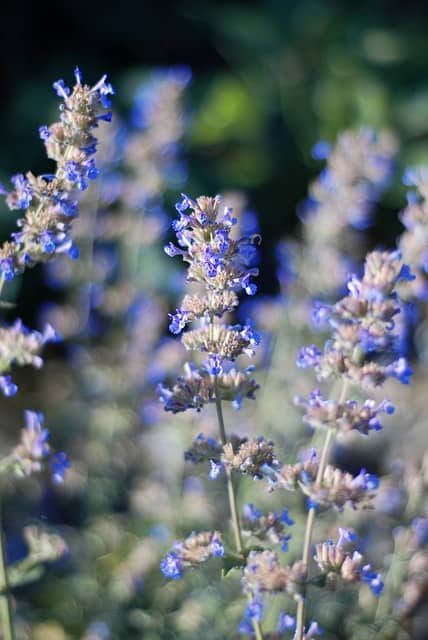
Catmint (Nepeta) is an aromatic herb that is particularly loved by cats for its enticing scent. This perennial herb produces lovely blue flowers and has a similar aroma to mint, though it’s milder. Catmint is relatively low-maintenance and thrives in sunny areas with well-drained soil.
Beyond its appeal to feline friends, catmint can be used in teas, offering a calming effect similar to chamomile. Its landscape-friendly appearance and hardiness make it an ideal addition to any aromatic garden. Plus, it attracts pollinators, enhancing the biodiversity of your garden space.
Pineapple Sage
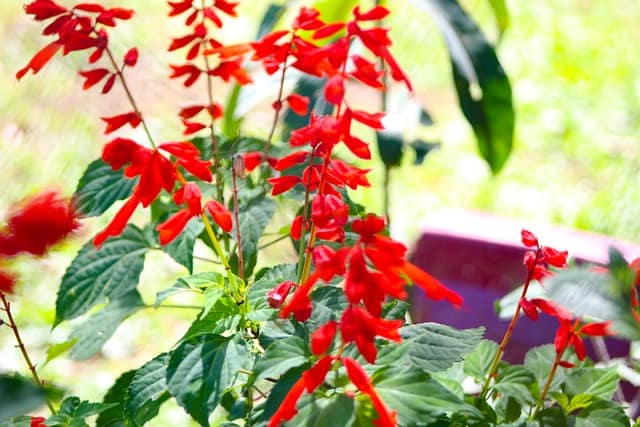
Pineapple sage is a delightful herb that brings a tropical flair to your garden. With its bright green leaves that emit a sweet, pineapple-like scent, this plant is perfect for adding an exotic element to your aromatic garden. It thrives in full sun and can grow quite tall, making it a stunning focal point.
Beyond its captivating fragrance, pineapple sage is also edible. The leaves can be used in fruit salads, teas, and even as a garnish for cocktails. Additionally, this plant produces beautiful red flowers that attract hummingbirds and butterflies, bringing life to your garden space.
Lemon Balm
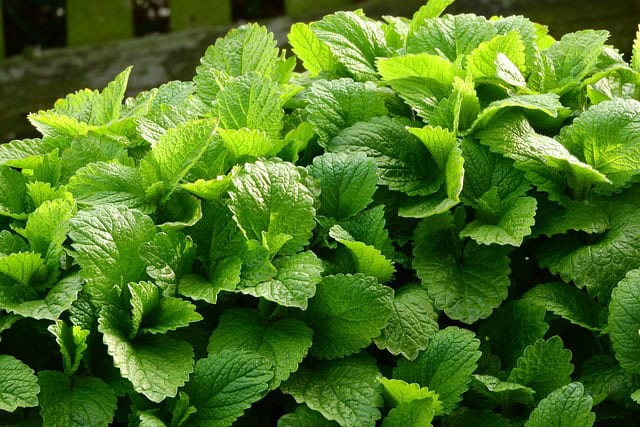
Lemon balm is a fragrant herb that possesses a delightful lemon scent, making it a favorite among gardeners looking to create aromatic gardens. This perennial herb prefers slightly shaded areas and well-drained soil, making it quite approachable for beginners.
In culinary uses, lemon balm can enhance beverages, salads, and desserts with its bright, refreshing flavor. It is also recognized for its calming effects and is often brewed as a tea to soothe anxiety. The combination of its fragrance and potential health benefits makes lemon balm a valuable addition to any fragrant garden.
Common Sage
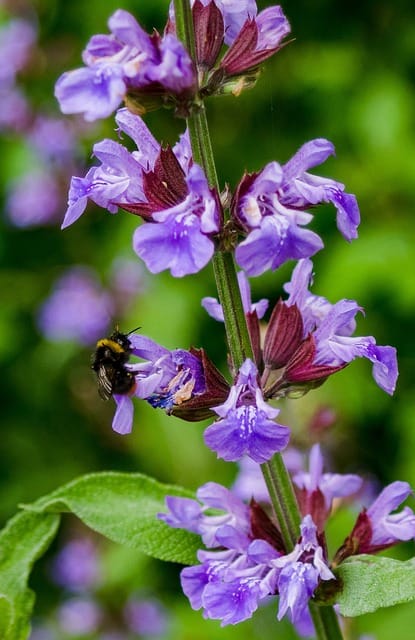
Common sage is an evergreen perennial herb that brings a warm, slightly peppery aroma to your garden. It thrives in sunny areas with well-drained soil and is a hardy plant that can withstand various conditions. Sage is often included in savory dishes, particularly in stuffing and meat preparations.
Beyond its culinary uses, sage has a history of medicinal applications, often utilized for its antiseptic properties and digestive benefits. Its aromatic leaves can also be dried for use in potpourri or sachets, allowing its fragrance to permeate your home.
How to Make an Aromatherapy Garden Design
Designing an aromatherapy garden is about more than just aesthetics; it requires careful planning to create a sensory experience that engages the sense of smell, touch, and sight. Follow these steps to create a harmonious aromatic garden:
Location: Choose a sunny spot where your aromatic herbs can thrive. Ensure the area has good drainage and is easily accessible for maintenance.
Plant Selection: Select a variety of aromatic plants with complementary scents. Consider mixing herbs with different growth habits (height, bushiness) to create visual interest.
Layout: Plan your garden layout by placing taller plants towards the back or center of a circular bed, with shorter herbs in front. Use pathways or stepping stones to create access to different sections.
Companion Planting: Consider companion planting techniques by grouping herbs that benefit each other. For example, plant basil near tomatoes to enhance both crops.
Sensory Elements: Include seating areas with comfortable chairs or benches, allowing you to relax and enjoy the aromas. Additionally, consider adding decorative elements like garden art or pathways to enhance the sensory experience.
Maintenance: Regularly tend to your herbs by pruning and harvesting them, which encourages growth and enhances the fragrance. Maintain soil health and watering needs to ensure your herbs flourish.
Lemon-Scented Plants for an Aroma Garden
Incorporating lemon-scented plants into your garden adds a refreshing scent that can brighten your day. Here are some popular lemon-scented plants to consider:
Lemon Verbena: Known for its intense lemon aroma, lemon verbena can be used in teas and desserts. This sub-tropical plant thrives in full sun and well-drained soil.
Lemon Thyme: This aromatic herb adds a citrusy flavor to dishes and grows well in sunny conditions. It’s compact and makes a lovely ground cover.
Lemon Mint: Distinct from regular mint, lemon mint emits a refreshing lemon scent and is excellent for teas or as a culinary herb. It loves full sun and moist soil.
Adding any of these lemon-scented plants will create a vibrant atmosphere that invigorates the senses and enhances your aromatic garden.
Flowering Aromatherapy Garden Plants
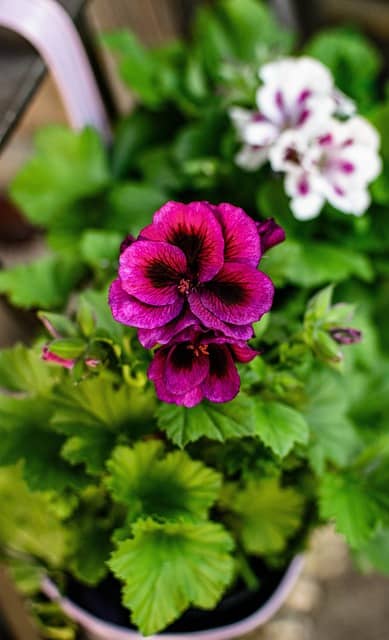
To further enrich your aromatic garden, consider adding flowering plants that contribute both fragrance and visual beauty. Here are a few flowering plants known for their aromatic qualities:
Jasmine: Known for its sweet scent, jasmine flowers are often used in perfumes and produce an enchanting fragrance in your garden.
Elderflower: The fragrant flowers of the elder plant can be used in syrups and beverages. Their delicate aroma enhances the beauty of any garden.
Scented Geraniums: These leafy plants produce fragrant flowers and have leaves that can come in various scents, including rose, lemon, and peppermint.
Incorporating aromatic flowering plants not only increases the olfactory experience but also attracts beneficial pollinators to your garden.
Fragrant Herbs for an Aromatic Garden
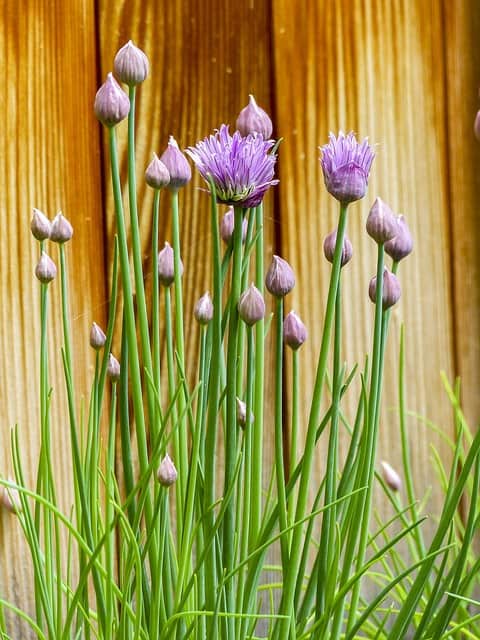
When planning your aromatic herb garden, consider including a variety of fragrant herbs that can be used for cooking, teas, or medicinal purposes. A mix of herbs increases versatility and enjoyment. Here are some fragrant herbs to include:
Thyme: This hardy herb brings a subtle aroma and is versatile in cooking, working well in soups, stews, and roasted dishes.
Tarragon: Tarragon has a unique, anise-like aroma and is commonly used in French cuisine. Grow it in a sunny spot with well-drained soil for best results.
Chives: Known for their onion-like flavor, chives also produce lovely purple flowers that are edible and add beauty to your garden.
Incorporating a variety of fragrant herbs allows your aromatic garden to be functional and enjoyable, providing fresh ingredients for culinary purposes.
Low-Maintenance Fragrance Garden Ideas
For those who want to create a fragrant garden without the rigorous upkeep, low-maintenance plants are essential. Here are some ideas for low-maintenance fragrance gardens:
Use Perennials: Choose perennial herbs and flowering plants that come back year after year, reducing the need for replanting.
Select Drought-Tolerant Varieties: Incorporate herbs that require less water, like rosemary, lavender, and sage, which can thrive on minimal care.
Group Plants: Plant herbs with similar maintenance needs together, allowing for easier watering and care.
Consider Mulching: Applying mulch around your plants can help retain moisture and suppress weeds, making maintenance simpler.
By selecting the right plant varieties and employing thoughtful maintenance strategies, you can create a fragrant garden space that thrives with minimal effort.
Creating an aromatic herb garden offers not just culinary benefits, but also an enchanting sensory journey that uplifts the spirit. From selecting the right aromatic herbs to designing a thoughtful garden space, beginners can find joy and fulfillment in growing their fragrant oasis. Embrace the beauty and benefits of aromatic herbs, and let your garden enhance your home in delightful ways.


